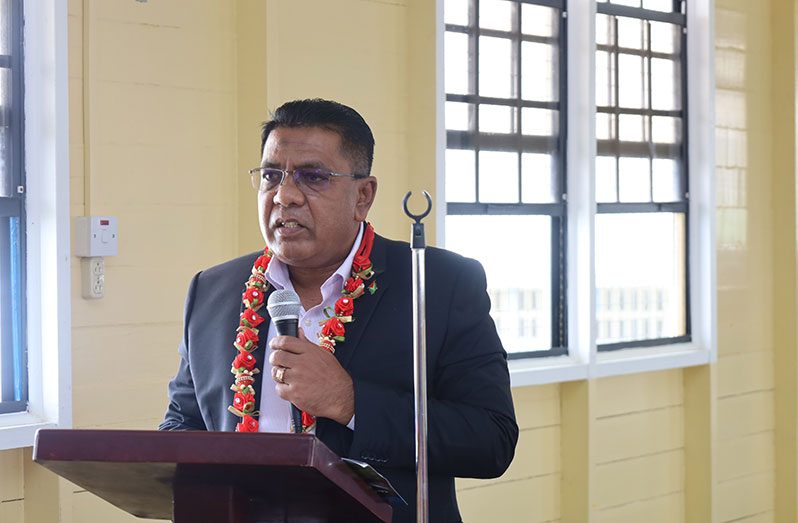THE Government of Guyana has embarked on a countrywide consultation exercise aimed at sensitising stakeholders about the policies outlined in its updated Low Carbon Development Strategy (LCDS) 2030.
Back in 2009, Guyana launched the first LCDS as a developing country, setting out a vision for inclusive, sustainable development, while simultaneously maintaining forest cover- about 85 per cent of Guyana’s landmass- to help meet some of the most urgent challenges the world faces.
Since then, Guyana has gained a greater understanding of the outsized contribution that our country’s ecosystems make to the world’s health and economy, as well as its role as one of the world’s most important countries for biodiversity conservation.
And even with Guyana being among the fastest-growing countries in this hemisphere, the country has maintained the second-highest percentage of forest cover on earth, with more than 99.5 per cent of the forest, which is equivalent to approximately 18 million hectares, intact through concerted efforts by the government, private sector, indigenous peoples, and local communities.
During Wednesday’s session which was held at Bushlot, Region Five, Agriculture Minister Zulfikar Mustapha told stakeholders that the new LDCS seeks to transform Guyana into a low-carbon economy.

“Guyana’s Low Carbon Development Strategy – 2030 sets out a vision for expanding a low carbon economy in Guyana. This will be achieved through low carbon energy; employment and development opportunities for all sections of our society; a transformation of digital, marine, and transportation infrastructure; and massive investment in adapting to the impacts of climate change.
“With this strategy, new incentives for a low-carbon economy will be created; systems will be in place to reduce the impacts of climate change and reduce biodiversity loss; future growth through clean energy and low carbon development will be stimulated, and Guyana will be further aligned with global climate and biodiversity goals,” the minister said.
With Guyana still plagued by extremely high costs for electricity and an unreliable power supply, Minister Mustapha said that, through the policies outlined in the LCDS, Guyanese will eventually benefit from a cheaper and more reliable power supply when the country begins utilising natural gases from offshore operations and hydropower.
He went on to say: “Using natural gas as a bridge away from heavy-fuel oil, followed by the Amaila Falls Hydropower Project by 2027, Guyana will see a massive expansion of renewable energy across the country. Energy use can increase five-fold with greenhouse gas emissions staying approximately flat – one of the world’s highest levels of decoupling of economic growth and fossil fuel use for energy.”
The Demerara Berbice Interconnectivity System (DBIS) will have a higher capacity, and become more reliable.
Vision 2022 – 2027 will see a combination of natural gas and the Amaila Falls Hydropower plant on the DBIS, coupled with a major expansion of solar power, with batteries, on the rural networks.
Further, between 2027 and 2032 there will be continued replacement of heavy-fuel oil, expansion of wind and solar power, and the commissioning of Guyana’s second hydropower plant, the site of which will be identified before 2025.
Also, from 2032 onwards, the government will move to expand these efforts which will be determined by prevailing market conditions.
Consultations are set to take place in various communities and villages in all ten administrative regions.
The goal of the consultation is to receive and incorporate broad-based feedback on the measures contained within the strategy. Based on the outcomes of those consultations, the LCDS 2030 will be updated and tabled in the National Assembly.



.jpg)








